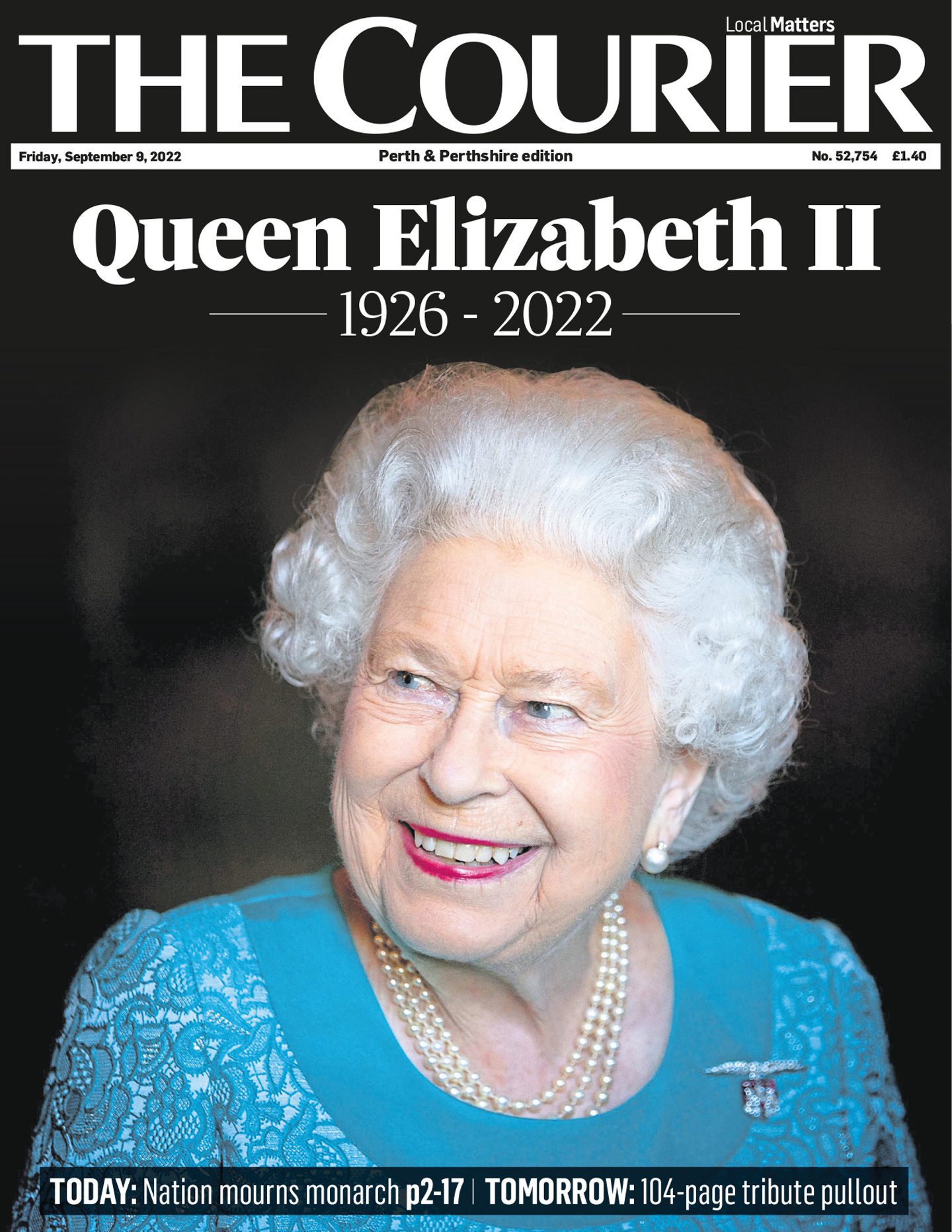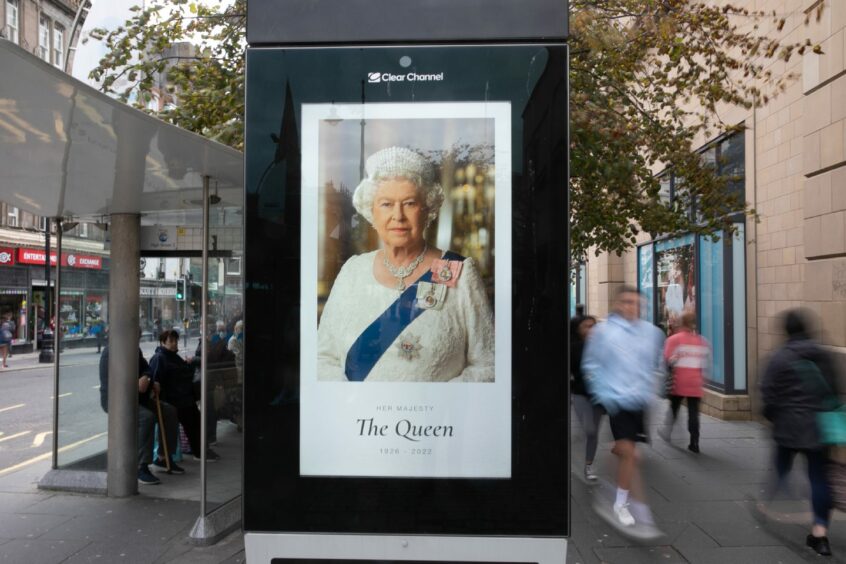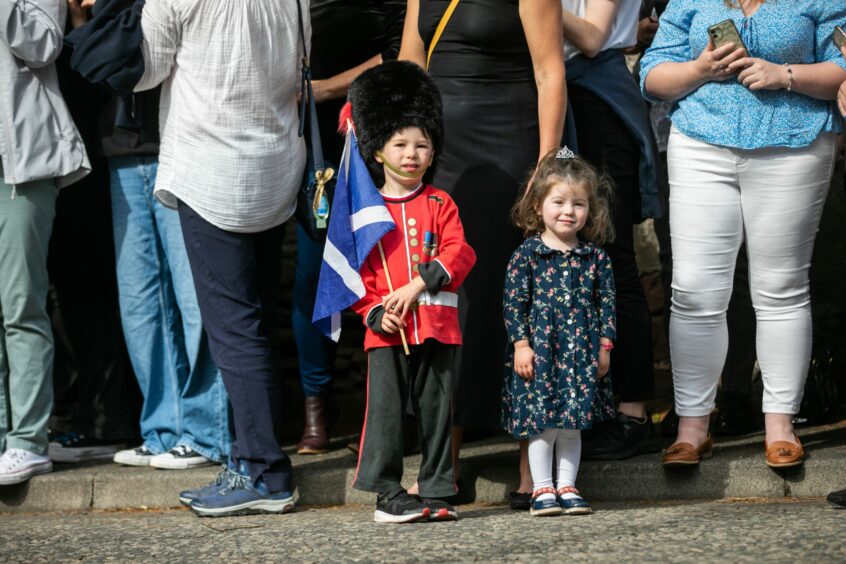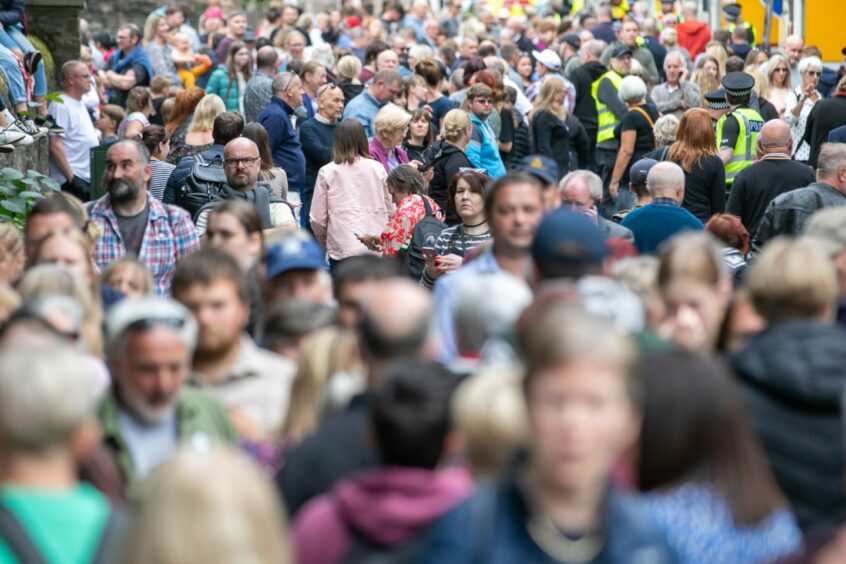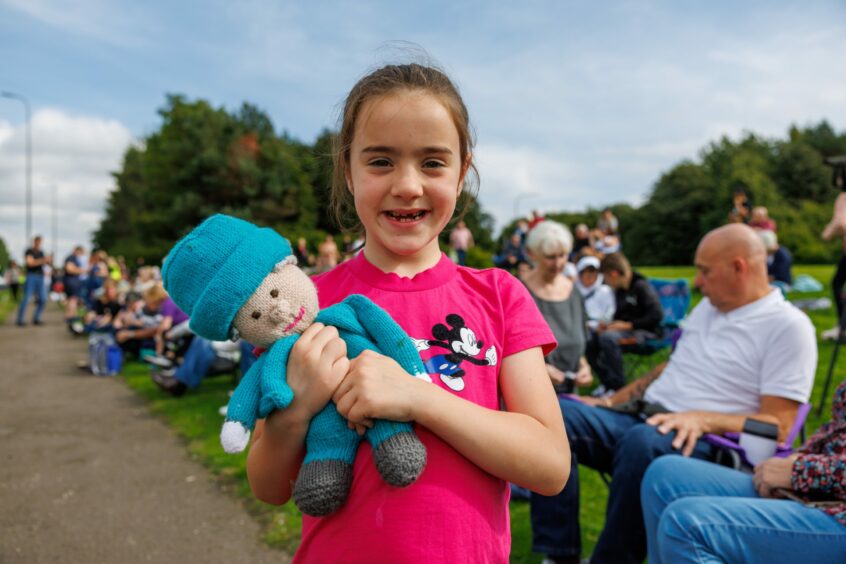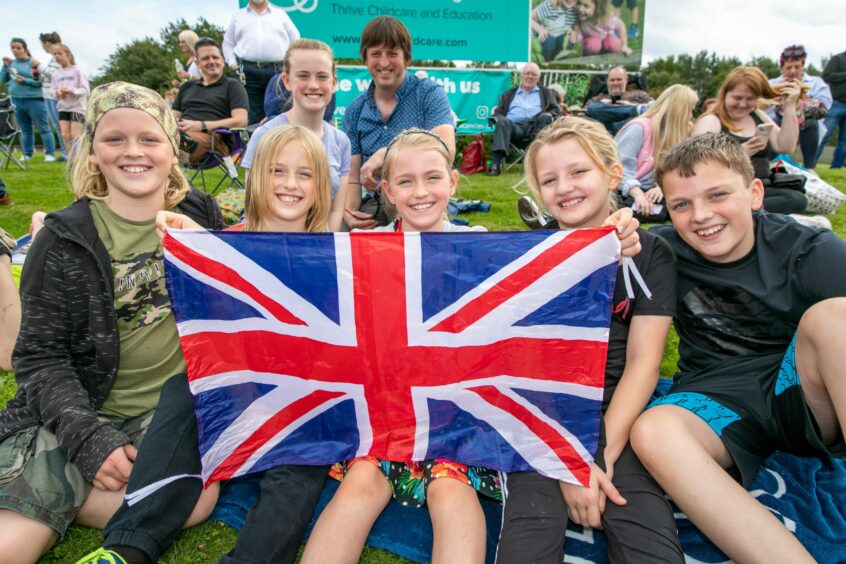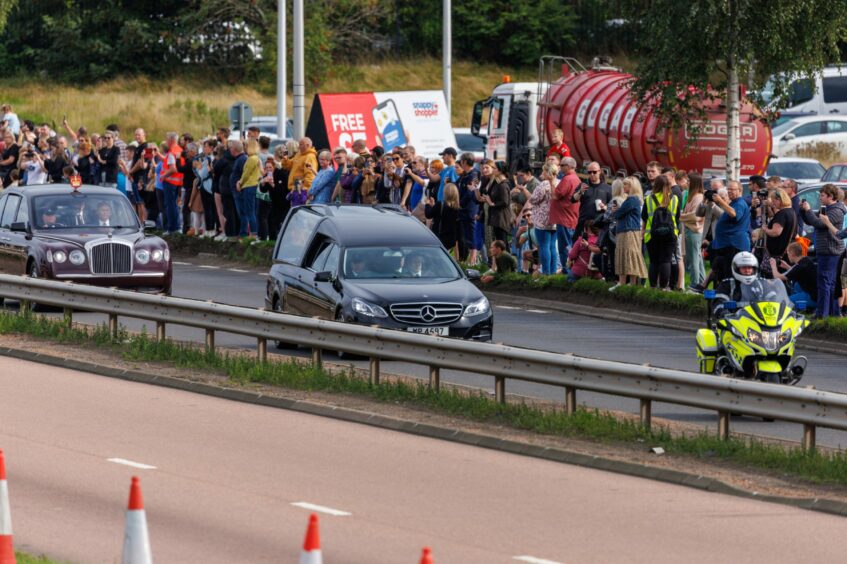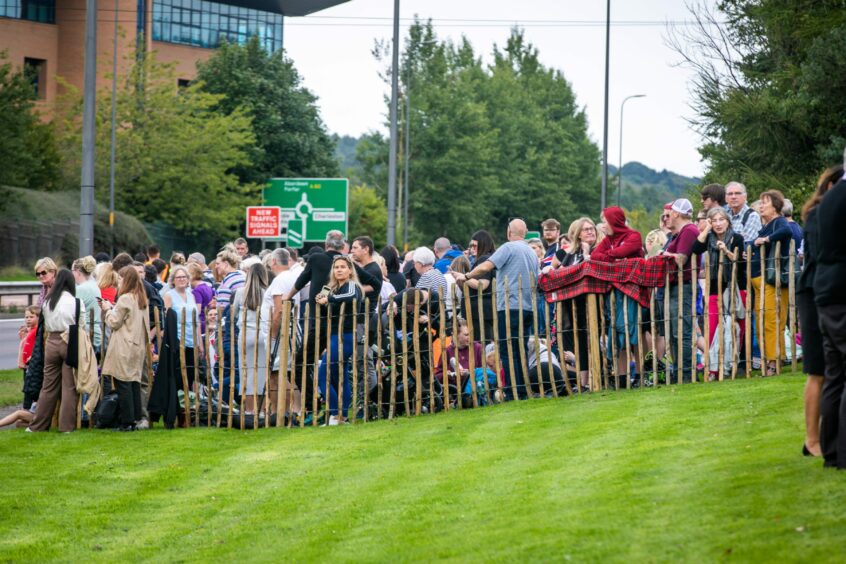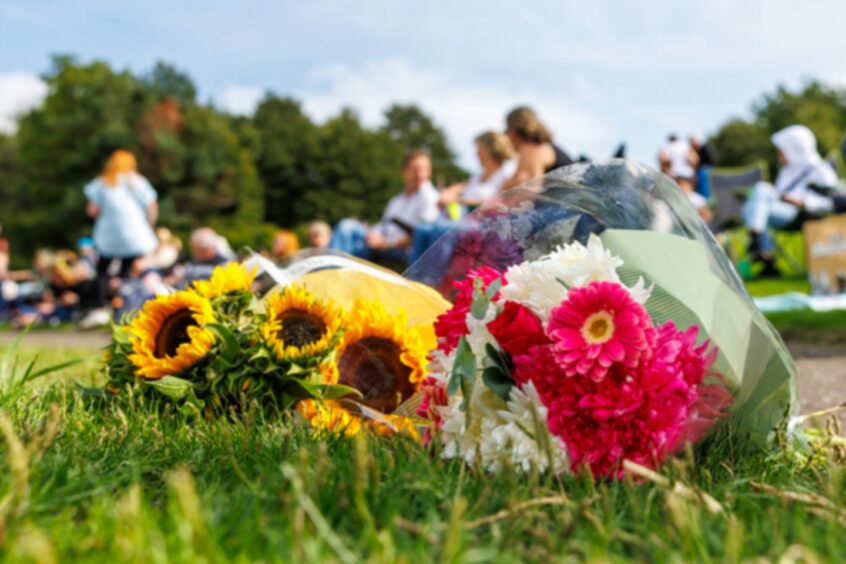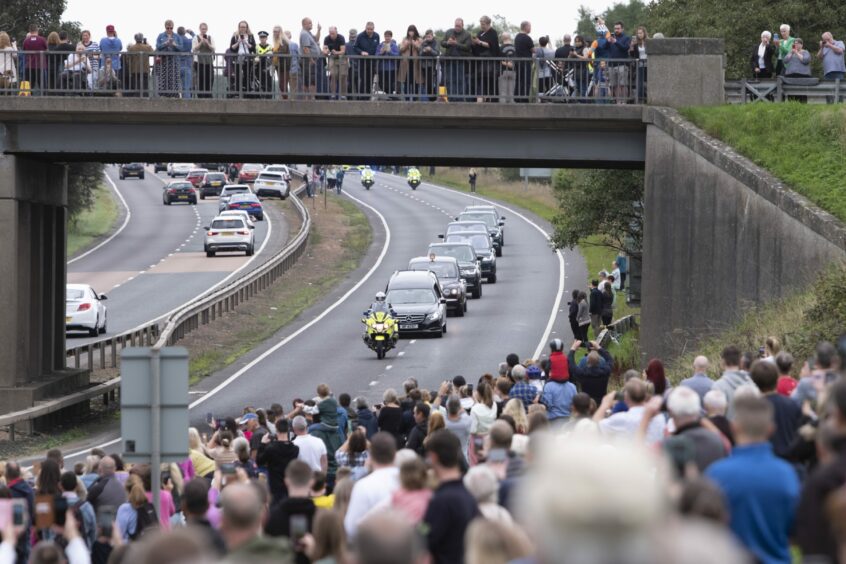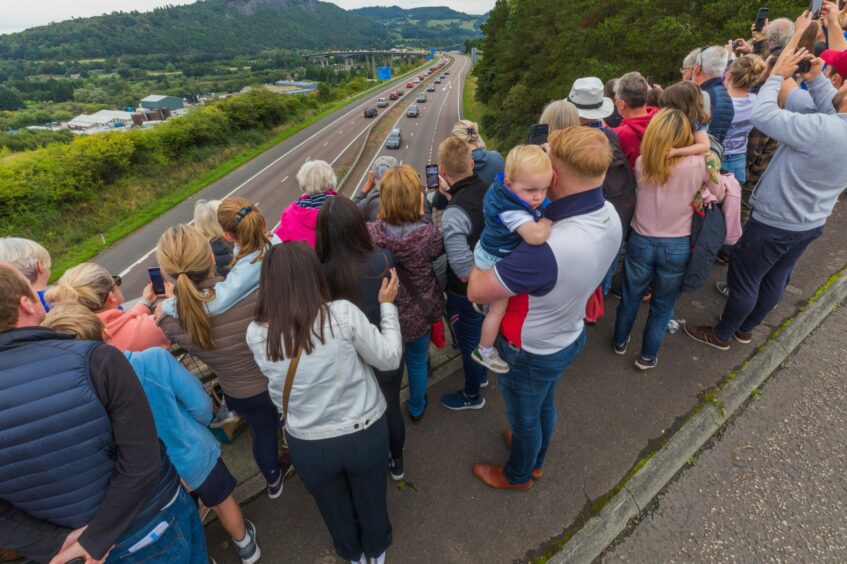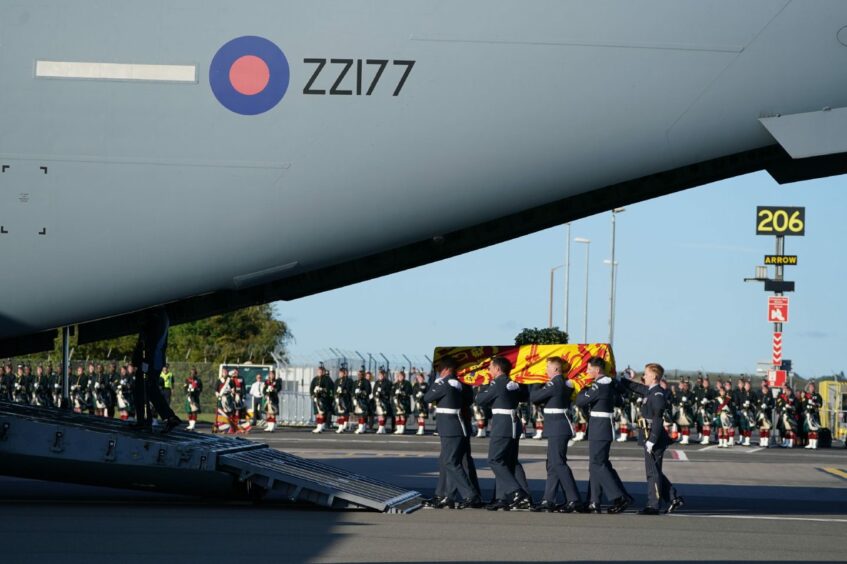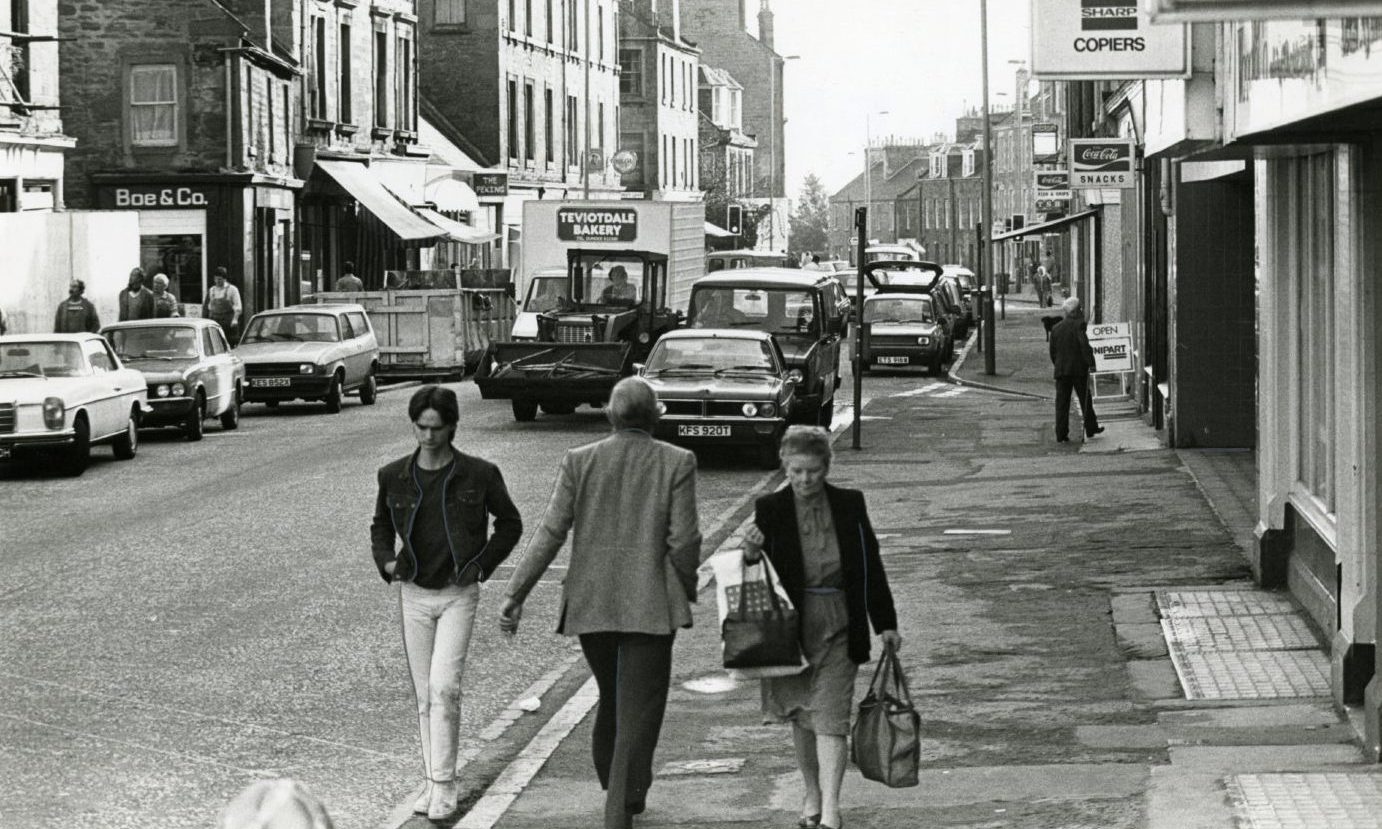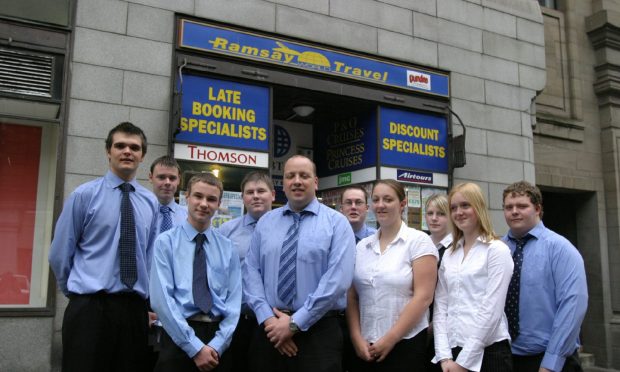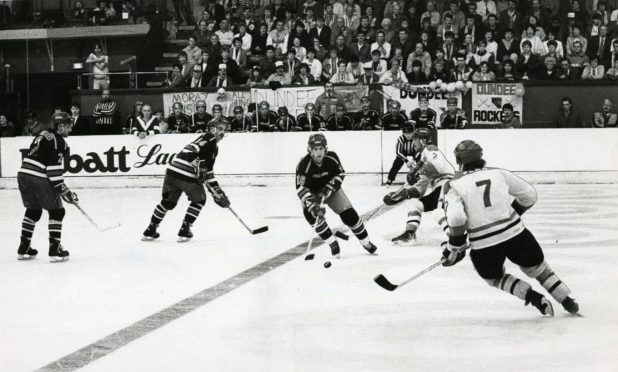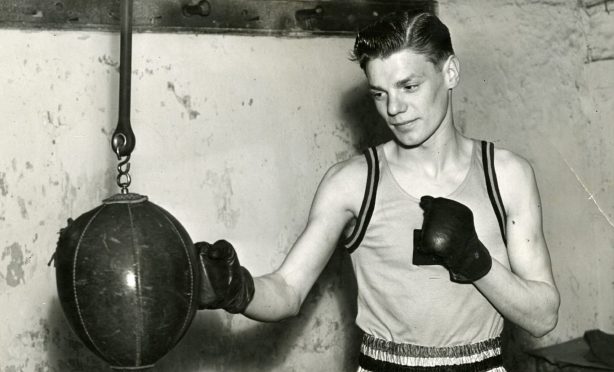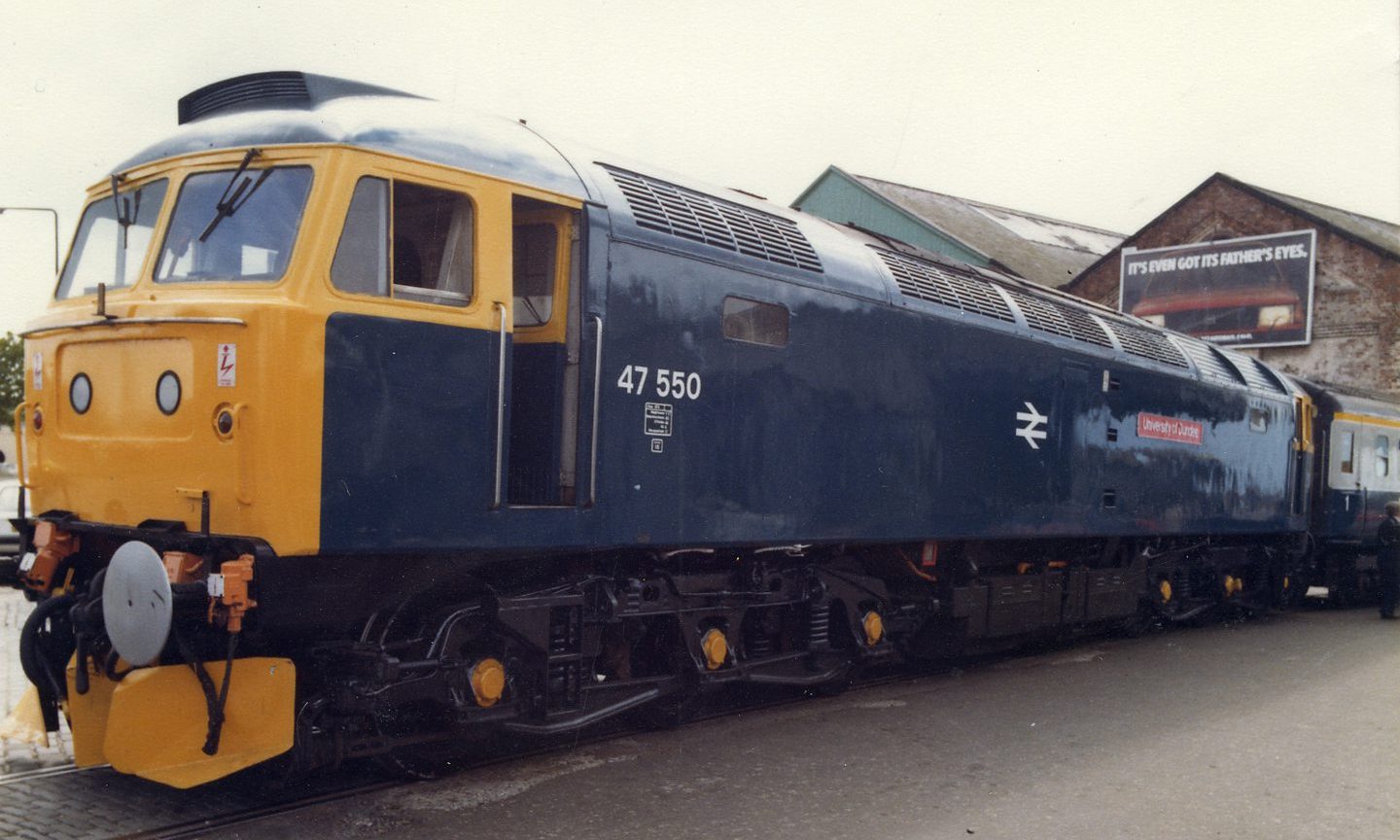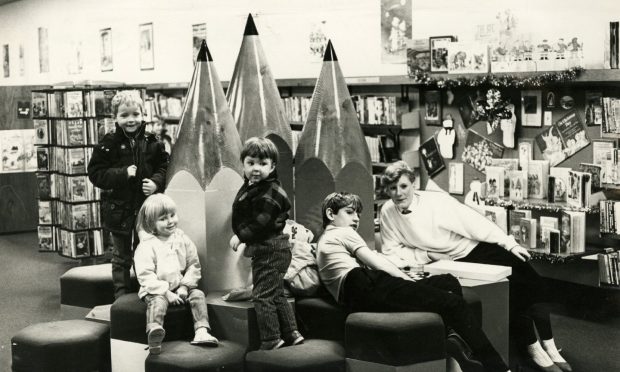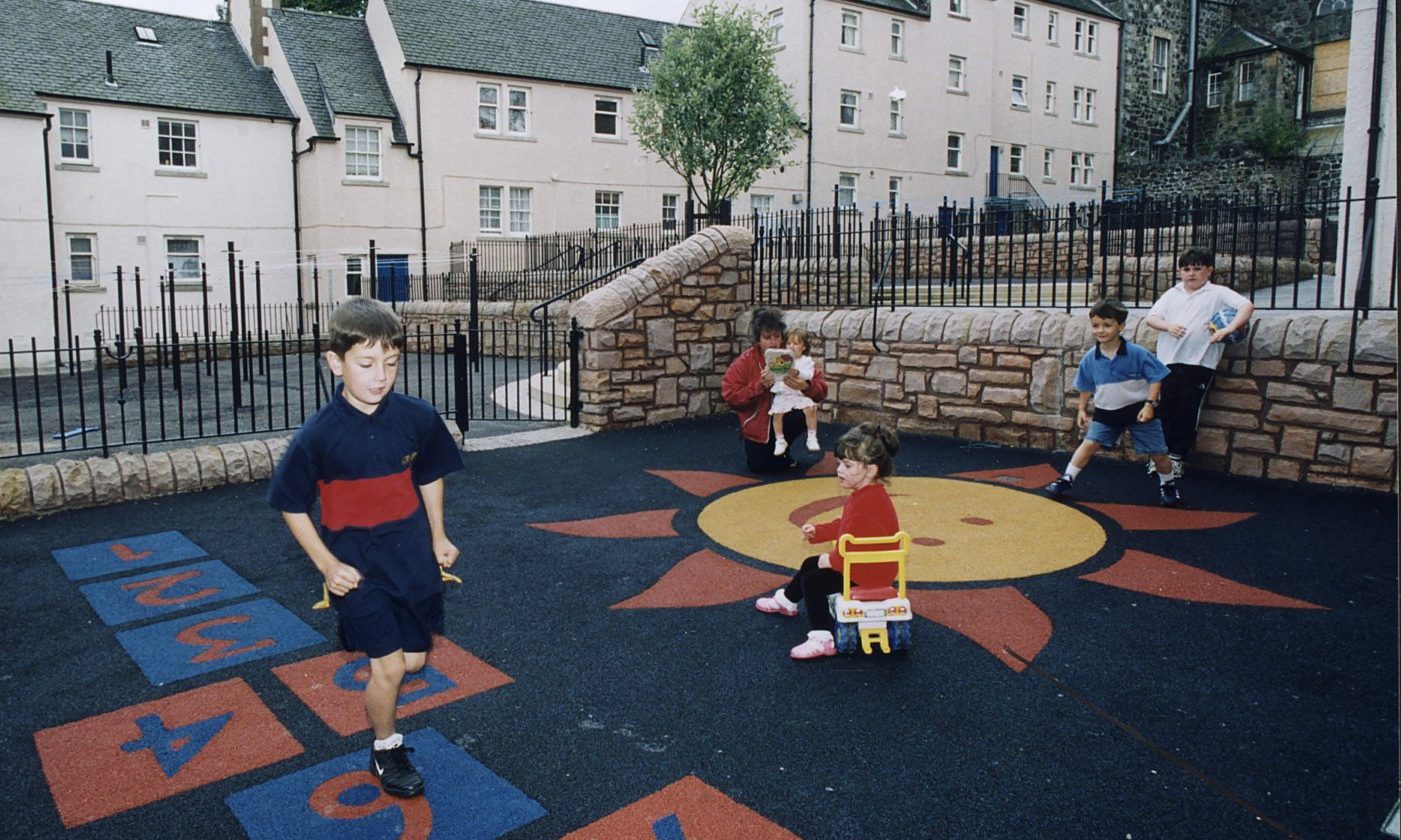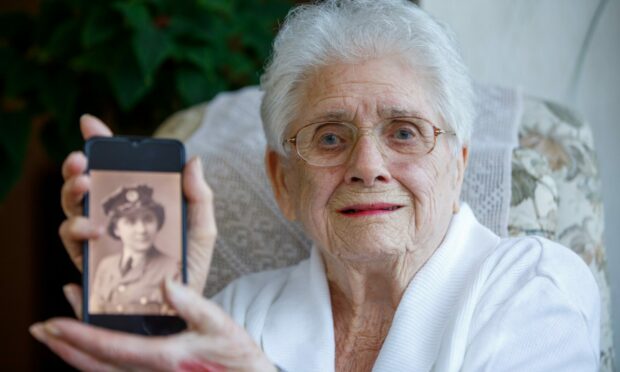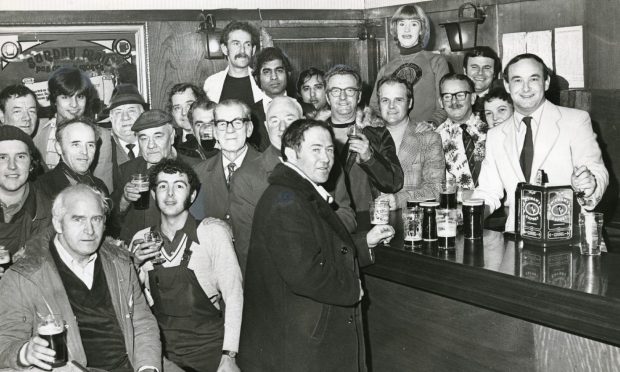
She was the only queen most of us have ever known.
Her name, initials and image were woven into the fabric of daily British life.
But everything changed 12 months ago when Buckingham Palace announced the Queen had been put under medical supervision at her Balmoral estate in Aberdeenshire.
She was gravely ill.
The world’s longest-reigning monarch, aged 96, passed away at 3.10pm, which was announced in a statement at 6.30pm, once the entire family was aware.
A 70-year reign was over and the mourning process started.
There was a sense of profound shock and loss.
A landscape altered.
The Queen fulfilled her obligation unstintingly through good times and bad, boom times and bust, tragedies and jubilees, the Cold War and the Covid pandemic.
Now she was gone and flags flew at half-mast.
Special front-page tributes after The Queen’s death
Newspapers across Scotland commemorated her decades-long reign with special front-page tributes as the nation woke up to a new monarch for the first time since 1952.
The Courier used a portrait of her smiling while the leader column suggested it would be a comfort to her family that she spent her final days in a place she loved dearly.
“Scotland, as a whole, was close to the Queen’s heart, from the Palace of Holyroodhouse to Hebridean holidays aboard the royal yacht Britannia.
“It is why her death will be particularly keenly felt around Glamis today.
“The Angus castle, her mother’s birthplace, held many happy memories for the late monarch.
“She and her sister Margaret, who was also born there, enjoyed a carefree childhood, playing games and picnicking in the castle grounds.
“The Queen also enjoyed visits to Tayside and Fife over the decades and was greeted by large and delighted crowds wherever she went.
“But her most lasting legacy will be the service she gave so unstintingly and the qualities of duty, loyalty and steadfastness that she displayed throughout her life.”
We were heading into uncharted waters.
The Queen was heading home — for the final time.
But she did not travel alone as thousands stood by the roadside in tribute.
Witnessing a moment of history with The Queen’s funeral cortege
The eyes of the world fell on the north-east that Sunday as the Queen’s coffin started its poignant 100-mile journey from Balmoral Castle to Edinburgh at 10am.
The hearse, flanked by dozens of police cars and motorbikes, wound its way through Ballater and Banchory in Aberdeenshire, paying a short visit to Aberdeen.
Huge crowds turned out in Brechin as the procession, which included a car carrying Anne, the Princess Royal, took a 45-minute break in the grounds of Brechin Castle.
The cortege rejoined the southbound A90 to be met by huge numbers lining the dual carriageway near Forfar.
Cars were parked up in laybys, on hard shoulders and verges, crowds gathered on bridges and other vantage points to catch a glimpse of the cortege.
Everyone stood, realising they were witnessing a fleeting moment of history.
At the A94 the hearse passed the turn-off to Glamis Castle where the young Princess Elizabeth forged so many treasured childhood memories.
The cortege travelled south to meet thousands more lining the Kingsway in Dundee.
No one really knew how many would gather to pay their respects.
And yet, the lines of people went on – and on.
Sometimes there was silence, sometimes applause.
The Courier reported: “Crowds had waited hours – some with camp chairs, flags and other memorabilia – to catch a glimpse of the hearse.
“While it was a sombre and emotional event, there was lots of laughter and smiles as people shared memories of the Queen and made new friends.
“Many said they had turned out simply to witness a historic moment.
“As the cortege came into Dundee a round of applause broke out among the waiting crowd, but by the time it had travelled along the Kingsway towards Camperdown Park, onlookers had fallen silent.
“Many held their mobile phones to film the moment the coffin was driven past.
“The voice of one mourner – a former soldier – broke as he spoke of his fond memories of the woman he described as his ‘boss’ during a long military career.
“The cortege was given a send-off by a large gathering of people at the Swallow Roundabout – with people standing on the grass verge and the roundabout itself to get a vantage point.
“One man called out ‘thank you, thank you’ as it passed.”
Floral tributes were left at the side of the road.
It then made its way along the A90 in the Carse of Gowrie where hundreds more gathered in lay-bys and on overpasses to watch as the Queen continued her journey.
Traffic was stopped at various points on the M90 as the procession crossed the Friarton Bridge at Perth and travelled south.
Dozens of young riders came on horseback to the side of the motorway at Glenfarg, in a mounted roadside tribute to the Queen’s lifelong equine enthusiasm.
Princess Anne acknowledged the guard of honour.
Further large crowds gathered on bridges above the motorway near Kelty and Dunfermline and jockeyed for a clear view of the cortege.
Then came an iconic moment.
The Queen was driven over the Queensferry Crossing – the same bridge she opened in 2017 – on her way to rest in the Palace of Holyroodhouse.
Silence fell with a small smattering of applause from those gathered near the Forth.
Awaiting the coffin’s arrival in Edinburgh were the Queen’s two youngest sons, Prince Andrew and Prince Edward, along with Edward’s wife, Sophie, Countess of Wessex.
Princess Anne and her husband, Sir Timothy Laurence, joined them.
As the cortege headed down the Royal Mile – stretching from Edinburgh Castle at one end to the Palace of Holyroodhouse at the other – thousands gathered to watch.
As the cortege went past, there was a ripple of gentle applause from those who had come to pay their respects, with many seen filming the scenes on mobile phones.
But there was silence when the cortege entered the forecourt at the palace and pallbearers carried the coffin of the Queen into the Palace of Holyroodhouse.
Edinburgh ceremonies mark the final chapter
At the cathedral, on the Monday, King Charles stood guard with his siblings in a ceremony known as Vigil of the Princes, while members of the public, who had begun queuing many hours before at the Meadows, started entering to pay their own respects.
The next day, Tuesday, the cortege made its way to Edinburgh Airport.
There, a military guard carried the coffin aboard a waiting RAF C-17 Globemaster, before, slowly, the plane ascended into the autumnal blue skies towards London.
Floral tributes remained on the grass in front of the North Turret, including nods to the Queen’s sketch with Paddington Bear for her Platinum Jubilee celebrations in June.
After the Queen’s death they found themselves reunited and among the flowers and cards was a copy of Michael Bond’s book Paddington At The Rainbow’s End.
A note written on it said simply: “One last story, Ma’am. X.”
